- Analyzers
- Optics & Sources
- Technologies
- Support
- About
F963-16 Testing of Homogeneous Plastic (Polymeric) Materials with HDXRF
Print

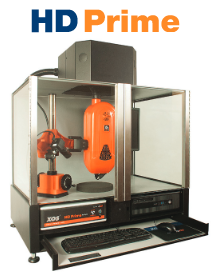
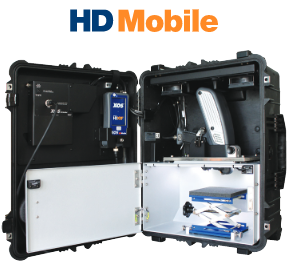
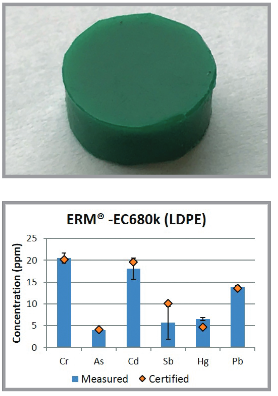
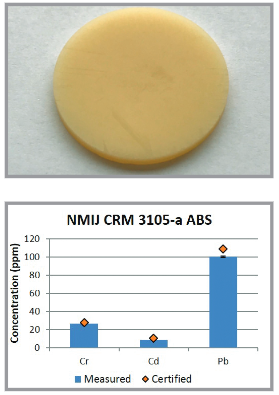
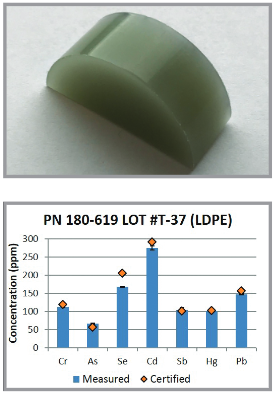
Abstract
A study was conducted to demonstrate the accuracy and precision of HDXRF® technology for homogenous plastic (polymeric) substrate materials at levels near and below the ASTM F963-16 restricted limits.
Significance
ASTM F963 is a safety standard that in 2008 became a mandatory children’s product safety rule. Toys intended for use by children 14 years and younger must comply with this safety standard. When the ASTM method was updated in 2011, it limited the soluble amount of 7 toxic heavy metals in addition to lead for both substrates and paint or surface coatings. The F963 safety specifications restrict soluble levels of various elements, and the latest publication of F963 specifically cites ASTM F2853-10ε1 as an acceptable total screen method which may obviate the need for additional “wet chemistry” testing. F2853 test method is limited to homogeneous polymeric materials, but may be used to screen other materials “if determined to be a more stringent test method to the extent applicable for the material tested”.
According to section 8.3.1.3 of ASTM F963-16, if total elemental content analysis results (from atomic spectroscopy or other appropriate validated method) are below soluble limits for each element as prescribed in Table 1 below, the material can be considered to conform to the requirements of Section 4.3.5.2 (heavy elements in toy substrate materials) without further testing.
Table 1: Maximum Soluble Migrated Element in ppm (mg/kg)

Apparatus
HD Prime and HD Mobile analyzers powered with HDXRF® technology are fast, precise, and easy to use. They offer the ability to screen for all 8 restricted F963 elements with just one test. Operation requires minimal training and can be conducted on-site (at a factory or in a warehouse).


Methodology
For this study, a sampling of three plastic standard reference materials were used. Each sample was measured 10 times using HD Prime, and the average of the 10 measurements can be found in the results tables below. (Sample 1 was formed by XOS by gently heating plastic pellets until pliable and then pressing in a mold)
Results
The error bars pictured in the data charts below represent one standard deviation of the 10 measurements taken.
Sample 1:
ERM®-EC680k (LDPE)

Sample 2:
NMIJ CRM 3105-a (ABS)

Sample 3:
PN 180-619 LOT #T-37 (LDPE)

Conclusion
The data presented above demonstrates the accuracy and precision of HD Prime, powered by HDXRF, to quantify F963 restricted heavy elements in homogenous plastic substrate materials.

